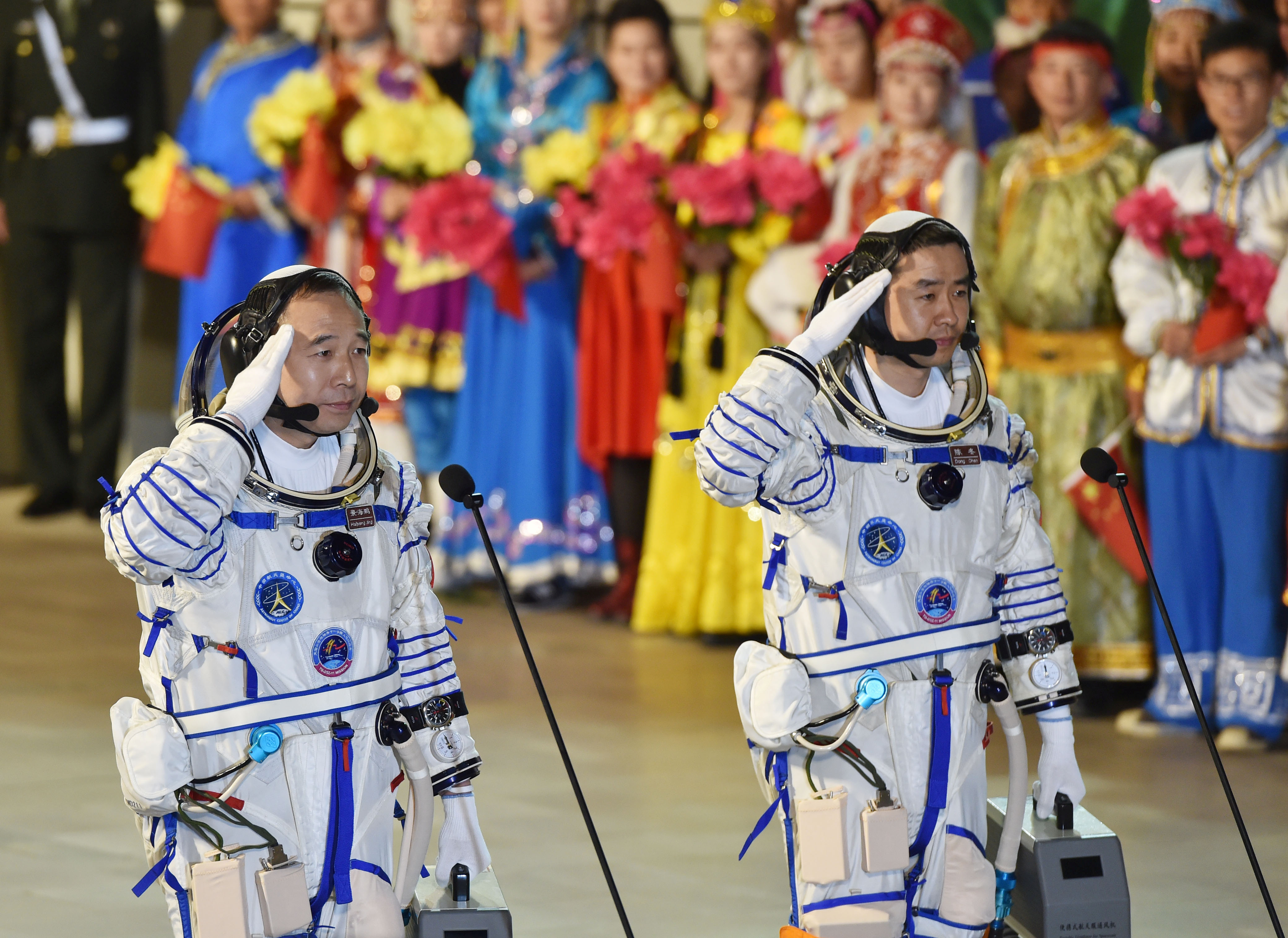The rise and rise of China's space programme – in numbers

Image: REUTERS

Get involved with our crowdsourced digital platform to deliver impact at scale
Stay up to date:
Space
Two Chinese astronauts, or taikonauts, are currently aboard an experimental space station.
Tiangong 2, also known as the Heavenly Palace, is the second laboratory to be launched by the world's second-largest economy, and on its decks the dedicated duo will conduct experiments aimed at creating a permanent space station by 2022.
As China’s extraterrestrial ambitions lift off, here’s a numerical look at the country’s past, present and future in space.

2003 – The year China launched its first manned mission into space, becoming the third country – after the United States and Russia – to do so.
11 – Since then, 11 Chinese taikonauts have travelled into space. For Jing Haipeng, one of the astronauts on the current mission, this will be his third journey into space.

6 – This is China’s sixth manned mission into space.
30 – The number of days the taikonauts are planning to spend aboard Tiangong 2, making it China’s longest manned mission to space.
$6.1 billion – According to the OECD, this was China’s space budget in 2013. It's still some way behind US spending, as this chart shows.

20 – The number of passengers a state-backed space plane hopes to carry to the edge of space – at an estimated cost of $200,000 to $250,000 for a ticket.
2020 – The year by which China is planning to launch a rover to Mars. In December 2013, the country landed Chang’e 3 and its rover, Yutu, on the moon. It was the third country to perform a soft landing on the moon's surface.

2022 – By 2022, China plans to have a fully operational space station.
Don't miss any update on this topic
Create a free account and access your personalized content collection with our latest publications and analyses.
License and Republishing
World Economic Forum articles may be republished in accordance with the Creative Commons Attribution-NonCommercial-NoDerivatives 4.0 International Public License, and in accordance with our Terms of Use.
The views expressed in this article are those of the author alone and not the World Economic Forum.
The Agenda Weekly
A weekly update of the most important issues driving the global agenda
You can unsubscribe at any time using the link in our emails. For more details, review our privacy policy.
More on Geographies in DepthSee all
Naoko Tochibayashi and Naoko Kutty
April 25, 2024
Andrea Willige
April 23, 2024
Libby George
April 19, 2024
Apurv Chhavi
April 18, 2024
Efrem Garlando
April 16, 2024
Babajide Oluwase
April 15, 2024






